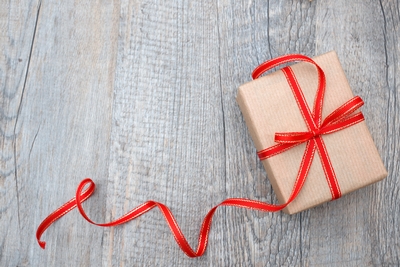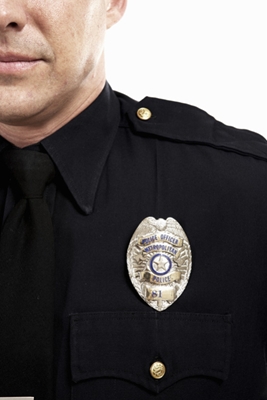 Software that turns data into charts and graphs is, similarly, transforming the art of presentation, exponentially, day after day.
Software that turns data into charts and graphs is, similarly, transforming the art of presentation, exponentially, day after day.
Classified as business analytics, these tools are now produced by every major and minor e-player, from Microsoft and SAP to Tableau and Tibco, in a market that’s growing faster than the business of design experts.
Which is the issue, as we see it.
Sure, we have zip argument with the need to pump up nonverbal communication. After all, stats alone bear out the way we process data: 50 percent of the brain’s real estate either directly or indirectly touches vision. Eighty percent of us remember what we see and do, versus 10 percent, what we hear, and 20 percent, what we read.
And we’ve been preceded by some pretty smart vis-info practitioners. USA Today popularized information visuals in its front-page snapshots. So did modern map-makers. Edward Tufte, called the daVinci of data by The New York Times, gave us a series of tomes that define exactly how we should use design to communicate information.
We don’t do that.
Instead, every possible number or word, when grouped, is subject to picture-ification. Not much time is spent on considering content, comprehension, and communication, in our minds the three critical Cs of what we do. [Not to mention the changing of behaviors!]
Florence Nightingale, more than a century and a half ago, persuaded Queen Victoria to improve the conditions of military hospitals through a graphic. What would we say and do today?



